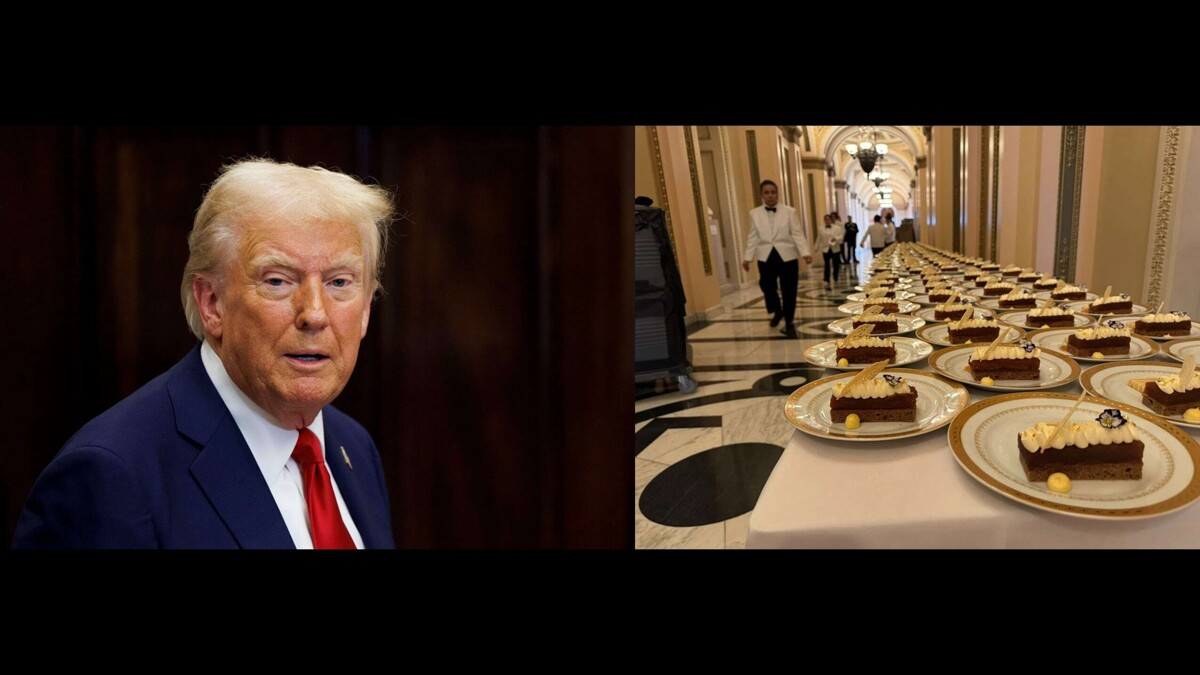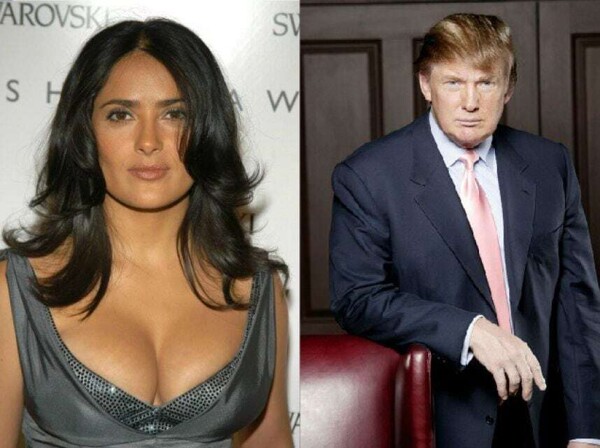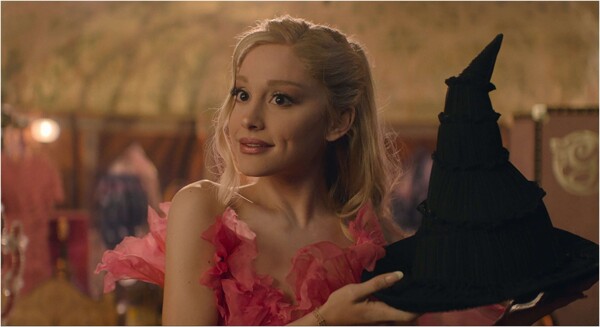
The inaugural luncheons of the Presidents of the United States have a long tradition that dates back to the late 19th century and was formalized in 1953. These events not only serve a ceremonial function but also provide an opportunity to showcase national identity and promote the culinary diversity of the country.
The menu of these inaugural meals reflects both the personal tastes of the presidents and the gastronomic trends of the time. In the case of Donald Trump, his menu combined luxury and regionalism, highlighting his preference for Diet Coke instead of alcoholic beverages.
From simple dishes during Abraham Lincoln's time to more sophisticated menus in recent administrations such as Barack Obama's, the food served at these political events is carefully selected to represent the cultural and agricultural wealth of the United States.
Highlighting local products at these luncheons not only strengthens national identity but also promotes the agriculture, livestock, and fishing of the country. However, in recent times, there has been an aura of secrecy surrounding these events, which has limited the disclosure of complete menus and diminished the prominence of culinary culture and tradition.
Over the years, the inaugural luncheons have featured iconic dishes from different regions of the United States, from California-inspired salads to New England lobster. Similarly, wines from various regions have been present at these meals, enhancing the wine reputation of certain places.
In short, the inaugural luncheons are not only symbols of unity and national pride but also an opportunity to celebrate the culinary diversity of the country and promote its local products.













